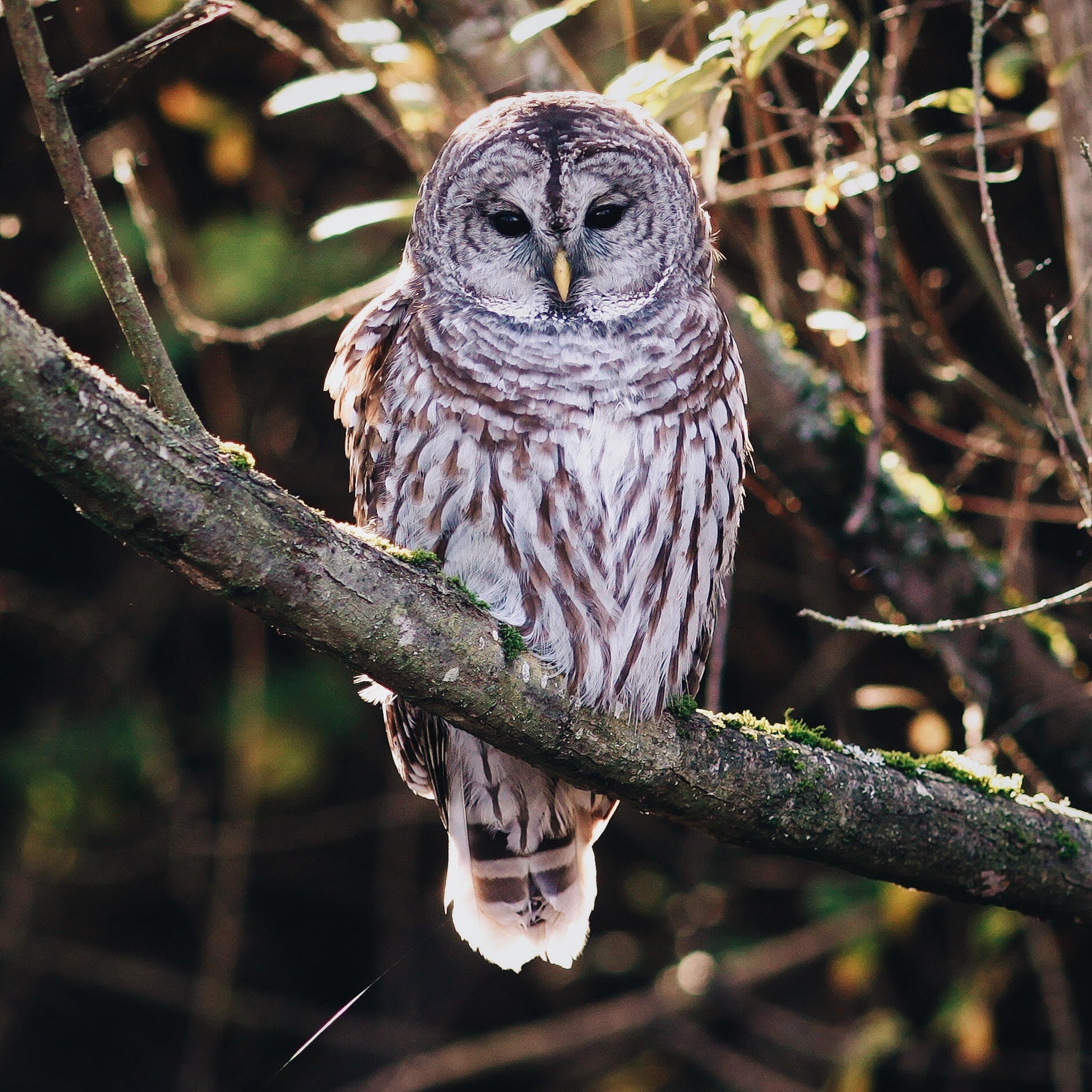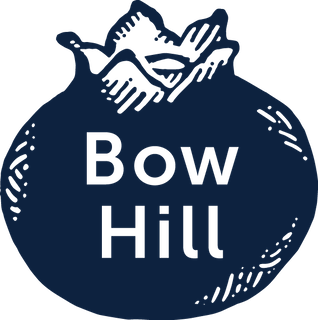
No, Owls Are Not a Pest, but a Friend!
Photo captured by Harley Soltes
If you guessed starlings and spotted wing drosophila (or fruit flies), then ding, ding, ding! We have a winner. If not, no worries, we don’t love you any less.
Now you’re probably wondering how we deter these pests. Let’s start with the squirmy-wormies (larvae/grubs) of the spotted wing drosophila (SWD for short), which thrive in our cooler climate — lucky us (but hey, at least we don’t have groundhogs). The SWD are not native to our area so they have no natural predators but have made themselves right at home here. With this pest, the blueberries are damaged from the inside out as soon as the fruit sets (i.e., little green blueberries begin to appear). That is what is so darn terrible about them, they get to them as soon as the fruit appears, unlike other fruit flies which lurk for overripe fruit.
The female SWD lay their larvae inside the setting fruit thanks to a serrated ovipositor (fancy term for the female organ that allows insects and fish to lay/deposit their eggs). Since their ovipositors are serrated, that is what allows them to lay larvae in unripe fruit. Unless you have a microscope (you know, the one you sling it over your shoulder while walking the blueberry lanes), any sign of larvae infested fruit is impossible to see. The larvae eat the fruit from the inside out thus leading to fruit’s ultimate collapse (okay, we’re being dramatic), though the fruit does literally begin to collapse/get soft around the site where the larvae’s been munching. This is something we try very hard to prevent and, if we may say so ourselves, we do a pretty good job of it.
So, how do we successfully prevent these tiny creatures from ruining our organic crop? Well, first off, as soon as we see the plants blooming, we rely on yeast trapping (basically yeast in liquid in a cup, but more high tech) to identify SWD population. Once the fruit matures, we switch to sugar traps and, following a fly population bloom, we begin to spray with an organic-approved product called Entrust — the active ingredient is Spinosad, a natural substance derived from a soil bacterium, which is toxic to insects (but not to humans!). Additionally, we walk through the fields and monitor the berries to see if any have been infested with the larvae. If we see signs of this, we pluck those berries and take them out of the fields. As the berries ripen, it’s easier to see the infested ones, but thanks to our persistent trapping, our SWD population has gone down year-after-year.
Ready for the next pest? Wanting to know how the photo of the owl comes in? Okay! We've got this and here we go! Starlings, although beautiful, they are quite pesky little birds and will go to town on a blueberry field if given the chance. This is where, beyond the glory and beauty of it, farming in the Skagit valley really comes in handy! Thanks to the many birds of prey that live here, we don’t have to net our plants, as they will scare the living daylight out of the starlings just by being there. We don’t ask them to sit up high in the trees or low by the slough, but we are grateful that they do. Owls, eagles, and falcon can be seen here on a regular basis.
In addition to our free deterrent of the birds of prey, we use an air-dancer (like the ones you see at used car lots) and shiny balloons way up in the sky. When the sun hits the balloons, it scares away the little starlings. There are also the living scarecrows (AKA our harvest crew) out in the fields daily when the fruit is ripe.
There are other things, such as disease, that can destroy blueberry crops, but we work hard to make sure that we keep pests and disease at bay so we can bring you blueberries for years to come. It’s not always easy or successful, but we do our best.
